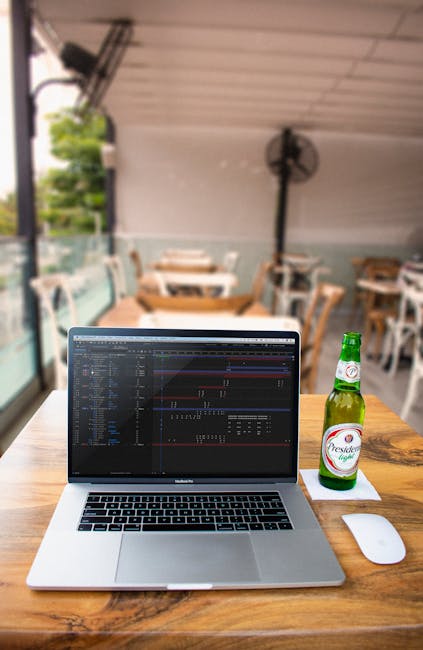Optimizing Social Media Applications for Production in 2025
Introduction
The landscape of social media application development is seeing unparalleled change going into 2025. Modern production environments demand automation, containerization, zero-downtime deployments, and robust observability. This post explores expert strategies and practical approaches that organizations are leveraging to deliver highly available, scalable, and secure social media apps in today’s market.
Architecture Evolution in 2025
Modern social media architectures have shifted toward microservices orchestrated by Kubernetes, with containerization handled by Docker. This architecture enables independent scaling, rapid deployment, and advanced automation possibilities.
- Adoption of cloud-native technologies (Kubernetes, Docker, Helm)
- Microservices vs. monolith replatforming: minimizing tech debt
- API Gateways to aggregate backend services for mobile/web clients
- Hybrid/multi-cloud strategies for global redundancy
Automation and CI/CD Pipelines
Continuous integration and automated deployment are fundamental for frequent iteration and reliability in social media SaaS. Industry leaders advocate for infrastructure-as-code (IaC) and observable deployment pipelines:
- IaC tools like Terraform and Pulumi for repeatable environments
- End-to-end testing automation using GitHub Actions, GitLab CI/CD, or Jenkins
- Progressive rollout techniques: blue/green and canary deployments
- Docker-based build pipelines for consistency from dev to production
Performance Tuning and Caching
Social media platforms are latency sensitive—page load, feed rendering, and real-time interactions must be highly performant. Expert teams apply customized caching and tuning methodologies:
- Application-level caching with Redis/Memcached for trending feeds
- Edge caching via CDN for images, video, and static assets
- Database query optimization and partitioning for high-write scalability
- Async job processing (RabbitMQ, SQS, Kafka) for notifications and feeds
Security Best Practices
A single breach can erode user trust in a social platform. Current best practices leverage Zero Trust models, automated secret management, and system hardening.
- End-to-end encryption for data-in-transit and at-rest
- Automated secrets rotation using HashiCorp Vault or AWS Secrets Manager
- Zero Trust network segmentation between microservices
- Regular vulnerability scanning of Docker/Kubernetes images
Monitoring and Scaling Strategies
Expert operators use proactive observability stacks to monitor uptime, performance, and anomalies, ensuring reliability as user loads spike. Dynamic scaling reduces costs and increases SLA compliance.
- Centralized logging and distributed tracing with OpenTelemetry
- Prometheus and Grafana dashboards for KPI monitoring
- Auto-scaling clusters based on user demand using Kubernetes HPA
- Incident response automation (PagerDuty, custom runbooks)
Conclusion
- Success in 2025 hinges on automation, observability, and security focus.
- Leveraging Kubernetes and Docker simplifies scaling and deployment.
- CI/CD and IaC drive faster releases and reliable rollbacks.
- Advanced caching, monitoring, and security are essential for production-grade social media apps.
Ready to master modern social media SaaS architectures? Get cutting-edge technical insights at
Metvibe Social Media Blog.
